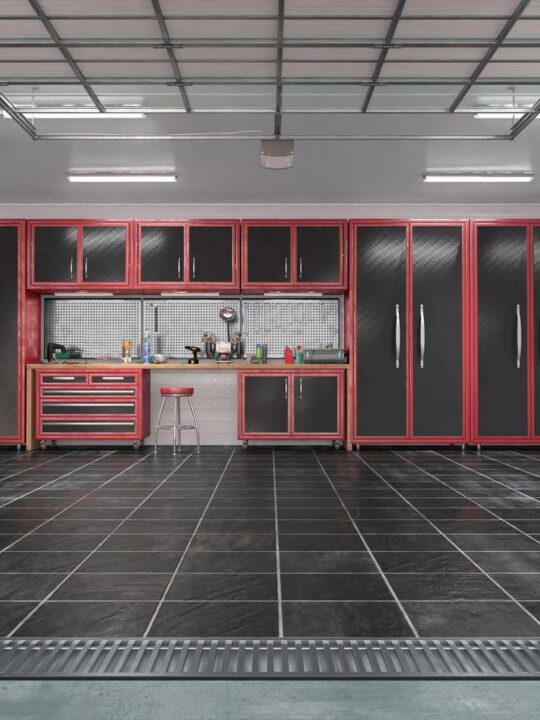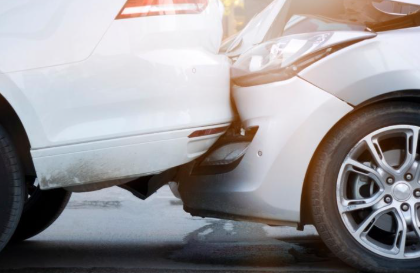Many people think that car maintenance only means frequent oil change, checking the brakes, engine performance, servicing, and fuel efficiency. However, they forget that proper tyre maintenance is one of the services every car owner should do regularly as well.

The common car care centres focus more on exterior services and abandon the other features, amongst them tyres that are checked less frequently. This explains why tyres can experience excessive wear and even premature failure over time, and buying new types will be more costly. The article herein illustrates some tyre care tips you should follow.
Table of Contents
Inspection
Frequent tyre inspection is important because you can spot a problem earlier and work on it. Once you shop tyres, the dealer should advise you on how to inspect them. Therefore, you should check the sidewall and the surface for certain irregularities like cuts, cracks, or bulges. The inner surface is equally important. The cracks can occur because of glass, stones, or even other debris on the road; they might widen and trigger total tyre failure.
The rims can also damage the tyres, and so you must check them regularly, and if faulty, you should replace them instantly. At times, a tyre can step on a nail, and if you notice that the pressure is fine, you should not remove it because this will cause a flat tyre, just find a repairer to work on it.
Assess the Tread Wear
The treads on the tyres cause friction on the ground, strengthening the grip. Therefore, the car will not skid on smooth surfaces, but the tread should be checked regularly on the indicator where an arrow found on the outside of the tyre is used. The arrow helps to determine the extent of wear, and according to the magnitude, you will decide whether to continue using the tyre or replace it.
Mostly, if the depth of the tread is about 2mm, tyre replacement should be done. This will ensure safe driving because, with new tyres, the car can survive in any terrain.
Check the Tyre Pressure Always
All the tyres on the car must be assessed after every 14 days, and this includes even the spare one. If possible, you should do so daily before you embark on any trip. Improper inflation might not necessarily cause an accident, but the tyre surface wears out unevenly. Now the risk about improperly inflated tyres is that they can burst anytime, especially when running at high speed on highways.
There are guidelines available online on how to monitor tyre pressure globally because they have stations in all countries. The tyre pressure should be assessed when cold because this is when you can know the recommended calibration as indicated on the driver’s side-door sill or in the manual.
Tyre Rotation
If you want to enjoy the tyre services for an extended period and cut the replacement cost, you should ensure they have an equal depreciation. Therefore, tyre rotation is the thing to try because, depending on the type of car, tyres wear differently.
If you notice that the back wheel tyres wear quickly, you can rotate them with the front ones after covering a given distance like 10,000km. Therefore, they will serve you before they wear out completely, so this will give you time to buy others.
Safe Tyre Storage
Before storing the tyres, you should clean them and select the perfect position. The place must be dry and cool away from substances or chemicals like petroleum products like grease. Space should not have heat or sunlight, and so the area should not have electric motors and hot pipes.
The room should not have stagnant water because you do not want the tyres to collect water. If the tyres are stored in areas with these elements, they will cause tyre weakening or early deterioration and cause an abrupt breakdown.
Wheel Balancing and Alignment
Wheel positioning entails tie-rod setting and calibration suspension, and so if the car is pulling in a certain direction or becomes uneven because the tyre will wear. You can also note some steering vibrations, and aligning the wheels can help fix the situation. Unstable and unbalanced tyres trigger the steering vibrations.
Rotating the wheel on time can help balance the tyre if imbalances exist. More balance can be acquired by adding extra weight to the rim. Therefore, tyre balancing and aligning should be done after every 10,000km.
Drive Smoothly
If you drive at high speed or harshly, the tyres are bound to wear quickly. Some hazards might force you to apply emergency brakes on rough terrain, but the tyres experience the effects. Rough braking causes premature tyre depreciation, and since you cannot avoid the terrain, you should drive safely and at a manageable speed. Regular stoppages and rash driving can trigger tyre skidding, and so the tyre will lose the treads quickly.







